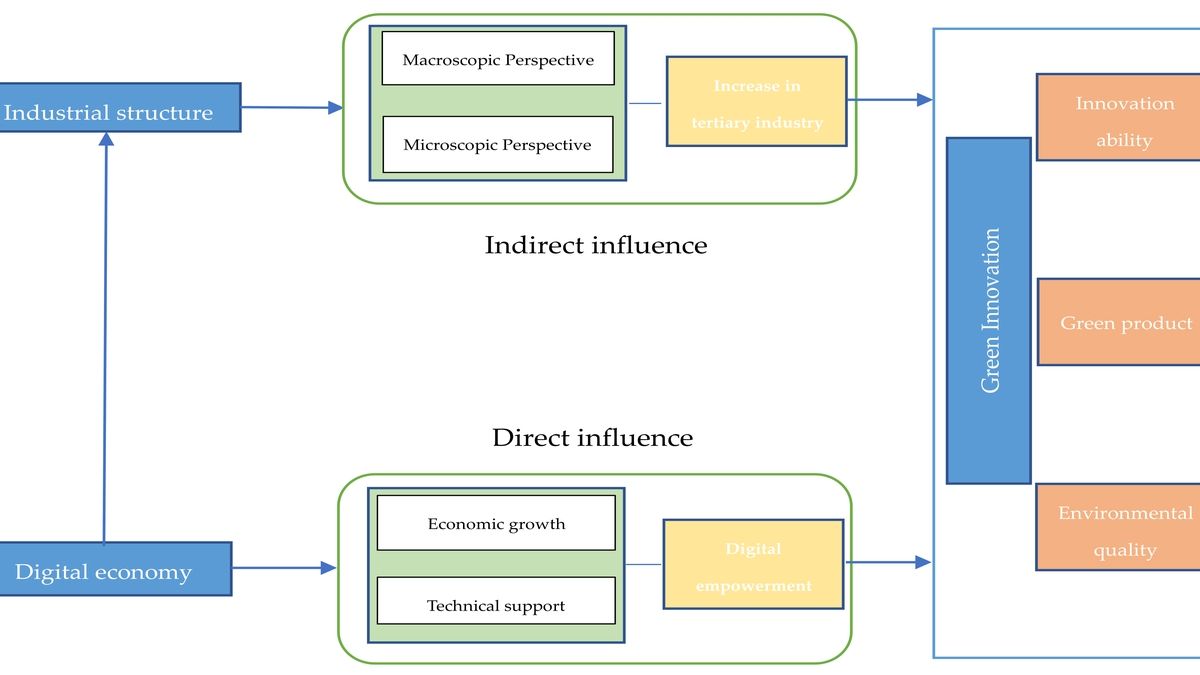
In the bustling cities of China, a revolution is quietly unfolding. It’s not the kind of revolution marked by uproar or immediate, tangible change, but rather, a green innovation transformation powered by the silent, relentless advance of digital infrastructure. From 2011 to 2020, a study spanning 285 Chinese prefecture-level cities has shed light on how digital infrastructure not only fuels green innovation but does so in a way that varies across different urban landscapes, influenced by city size, human capital, environmental regulations, and financial subsidies.
Unlocking Green Potential Through Digital Means
At the heart of this green revolution is the concept that digital infrastructure can promote green innovation through several key avenues: talent agglomeration, R&D investment, and industrial structure upgrading. What makes this particularly compelling is the spatial spillover effect and a nonlinear threshold effect, suggesting that as cities enhance their digital infrastructure, the benefits to green innovation not only spread beyond their borders but also increase in impact over time. This discovery is pivotal, especially against the backdrop of China’s strong push towards sustainable development and the rapid expansion of its digital infrastructure under initiatives like “Broadband China.”
Diverse Paths, Unified Goal
The study’s findings indicate that the effect of digital infrastructure on green innovation is not uniform. It varies significantly based on city size, human capital, environmental regulations, and financial subsidies. This heterogeneity suggests that a one-size-fits-all approach may not be effective in fostering green innovation across China’s diverse urban landscapes. Instead, targeted policy formulation, tailored to the specific characteristics of each city, could be the key to maximizing the impact of digital infrastructure on green innovation. This nuanced understanding could prove crucial for policymakers aiming to harness the full potential of digital infrastructure in propelling green innovation.
Challenges and Opportunities Ahead
While the positive correlation between digital infrastructure and green innovation offers hope for a more sustainable future, it also underscores the need for continued research and policy innovation. The study suggests that further exploration into the relationship between digital infrastructure and green innovation is needed to fully understand and optimize this dynamic. Additionally, the varying impacts across different urban contexts highlight the importance of targeted policy formulation to ensure that the benefits of digital infrastructure in promoting green innovation are realized fully and equitably across China’s cities.
In conclusion, as China continues to advance its digital infrastructure, the opportunity to foster green innovation grows. However, realizing this potential will require a deep understanding of the complex interplay between digital infrastructure and green innovation, as well as a commitment to crafting policies that address the unique needs and characteristics of each urban area. The road ahead is both challenging and promising, with digital infrastructure poised to play a pivotal role in shaping China’s green future.
